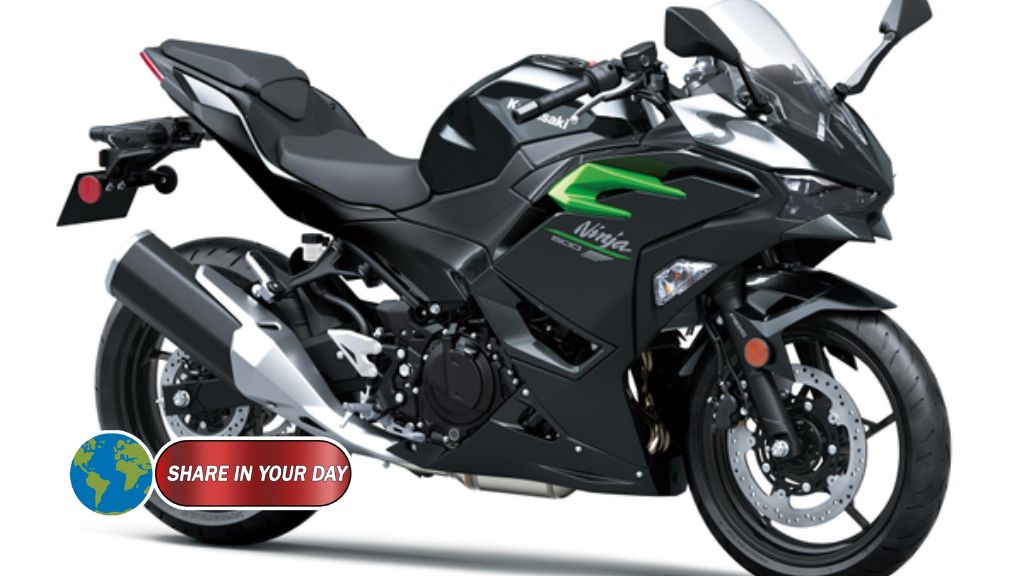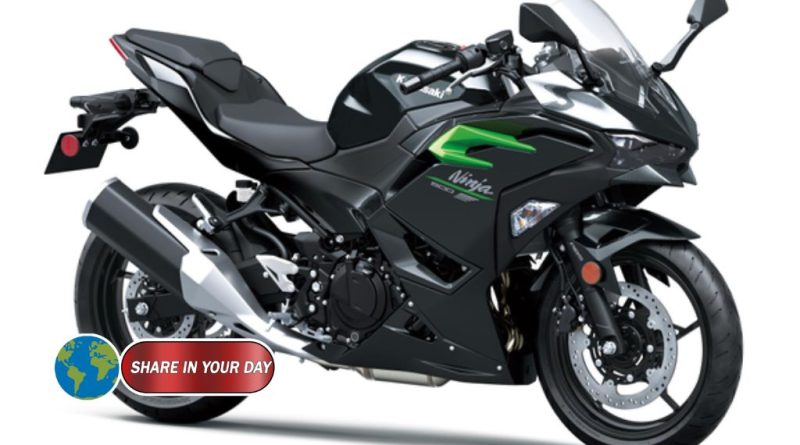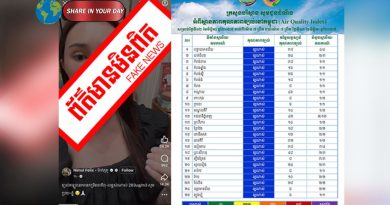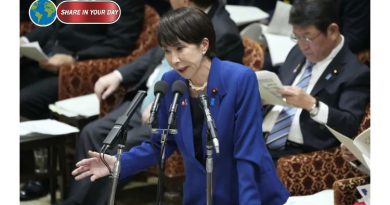US Motorcycle Market Declines 6.5% in 2025 as Kawasaki and Honda Battle for Dominance
US Motorcycle Market Declines 6.5% in 2025 as Kawasaki and Honda Battle for Dominance
The U.S. motorcycle market has faced a tough start in 2025, with sales down 6.5% year-to-date by September. After a sharp decline earlier in the year, the industry showed signs of slow recovery, with the third-quarter numbers reflecting only a modest decrease of 0.5%. Despite a slowdown in the pace of decline, the overall sales figures are still well below last year’s levels, signaling challenges for manufacturers and dealers alike.

While the general market struggles, the battle for dominance between Kawasaki and Honda has intensified, with Kawasaki surging ahead and claiming the top spot in the industry. Despite losing ground, Honda remains a strong contender, while American icon Harley-Davidson finds itself sliding further into third place.
Economic Outlook: The Context Behind the Decline
The broader economic outlook for the United States in 2025 is less than optimistic, with inflationary pressures exacerbated by tariffs slowing trade and affecting consumer spending. Businesses are accelerating trade activity early in the year to avoid higher tariffs, but this is expected to taper off as new tariffs take hold in the latter half of 2025 and into 2026.
Inflationary impacts from these tariffs mean the Federal Reserve will likely limit interest rate cuts to a modest 75 basis points over the next two years. As inflation persists, real consumer spending is forecasted to grow by only 2.9% in 2025, with a further slowdown to 1.4% in 2026. Government spending cuts and ongoing layoffs are expected to further weigh on the economy, contributing to overall GDP growth of just 2.6% in 2025 and 2.1% in 2026.
The motorcycle market, traditionally a steady segment in the U.S., has been hit hard by these economic factors. A combination of inflationary pressures, higher interest rates, and shifts in consumer behavior has led to reduced demand for motorcycles, affecting sales across most manufacturers.
The State of the U.S. Motorcycle Market in 2025
Despite its relatively stable position as the 14th largest motorcycle market in the world, the U.S. two-wheeler industry has been experiencing significant challenges. Over the past decade, annual motorcycle sales in the U.S. have typically hovered around half a million units, but that trend has been disrupted in recent years.
After a weak performance in 2024, when sales dropped by 4.6%, the beginning of 2025 proved even more dismal, with a 9.2% year-on-year decline in sales during the first half of the year. The third quarter saw a slight recovery, but it wasn’t enough to offset earlier losses. By the end of September, total motorcycle sales were down by 6.5%, bringing the industry to its lowest point in years.
Market Leaders: Kawasaki Overtakes Honda, Harley-Davidson in Decline
In a significant shift in the competitive landscape, Kawasaki has surged ahead of Honda, claiming leadership in the U.S. motorcycle market. Kawasaki posted a remarkable 14.2% increase in sales compared to the previous year, enabling the brand to leapfrog Honda in terms of total units sold.
Honda, on the other hand, has faced a downturn, losing 8.0% of its sales compared to the same period last year. This loss in market share has allowed Kawasaki to dominate the competitive field, marking a major shift in consumer preferences.
Meanwhile, Harley-Davidson, the long-standing American icon, has been struggling significantly, seeing a sharp 15.9% decline in sales year-on-year. Once a dominant force in the U.S. motorcycle industry, Harley-Davidson now finds itself trailing behind Kawasaki and Honda, highlighting the pressures facing traditional American motorcycle brands in a changing market.
Other manufacturers have also experienced mixed results. Yamaha saw a slight drop of 0.4%, while KTM faced a more dramatic fall of 23.8%. Indian Motorcycles bucked the trend with a 4.9% increase in sales, while Suzuki and BMW experienced losses of 13.7% and 10.8%, respectively.
The Impact of Economic Factors on Motorcycle Sales
The overall downturn in the U.S. motorcycle market can be attributed to a combination of factors, with the broader economic environment being the most significant driver. As inflation continues to erode purchasing power, many consumers are opting to delay discretionary purchases like motorcycles. Additionally, the uncertainty surrounding trade policies and tariffs has contributed to a slowdown in demand, as both manufacturers and consumers face higher costs.
The market contraction is also reflective of a broader trend in consumer behavior. With economic pressures mounting, potential buyers are prioritizing essential purchases, and motorcycles are increasingly seen as luxury items rather than necessities. This shift is particularly felt by companies like Harley-Davidson, whose traditional customer base is aging, and younger buyers are less inclined to purchase large, high-maintenance motorcycles.
Looking Ahead: Can the Market Recover?
While the U.S. motorcycle market faces a difficult 2025, there are potential signs of recovery. Manufacturers like Kawasaki are positioning themselves well, capitalizing on consumer interest with models that appeal to younger, more diverse demographics. Honda will need to innovate and adjust its strategies to regain the top spot, while Harley-Davidson may need to rethink its branding and offerings to appeal to a new generation of riders.
In the meantime, economic conditions will continue to influence consumer behavior, and the market will likely remain volatile. If the broader economy stabilizes, we could see a rebound in the second half of 2025, but any recovery may be slow and uneven.




